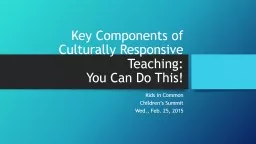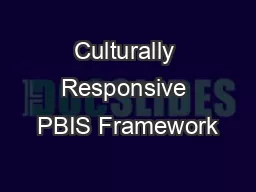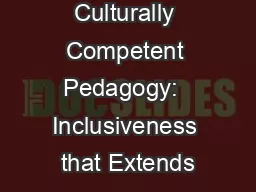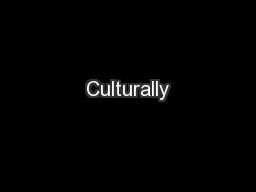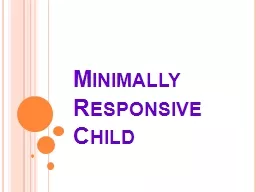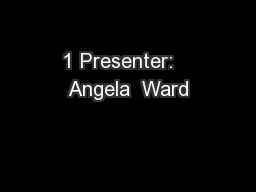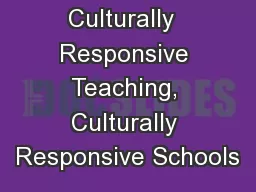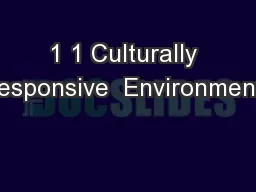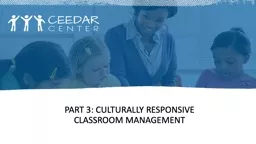PPT-Key Components to Culturally Responsive Teaching:
Author : sherrill-nordquist | Published Date : 2016-11-16
You Can Do This Kids in Common Childrens Summit Wed Feb 25 2015 What is CRT It can be defined as using the cultural knowledge prior experiences frames of reference
Presentation Embed Code
Download Presentation
Download Presentation The PPT/PDF document "Key Components to Culturally Responsive ..." is the property of its rightful owner. Permission is granted to download and print the materials on this website for personal, non-commercial use only, and to display it on your personal computer provided you do not modify the materials and that you retain all copyright notices contained in the materials. By downloading content from our website, you accept the terms of this agreement.
Key Components to Culturally Responsive Teaching:: Transcript
Download Rules Of Document
"Key Components to Culturally Responsive Teaching:"The content belongs to its owner. You may download and print it for personal use, without modification, and keep all copyright notices. By downloading, you agree to these terms.
Related Documents

